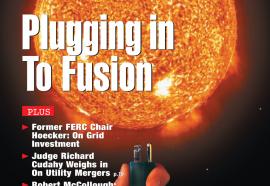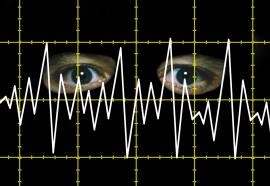Technology Corridor
The nation's critical electric infrastructure is still too vulnerable to outages.
The Sept. 12, 2005, electricity blackout of most of the city of Los Angeles demonstrates the continuing vulnerability of the nation's electric infrastructure. Although the cause of the Los Angeles outage was accidental, it exposed a glaring weakness: cable line breaks are an attractive, easy target for terrorists, because the U.S. electric network has thousands of miles of unguarded transmission and distribution lines.








